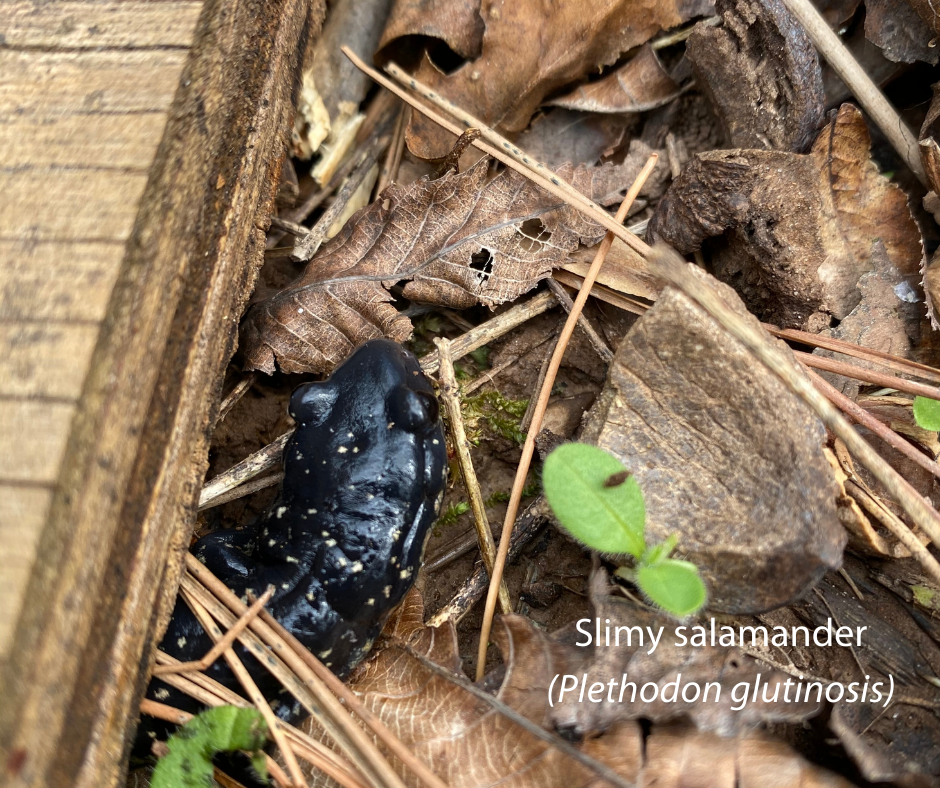The ingenuity of beavers contribute to the constant changing of the wetlands. Situated on the Irondale side of the mountain and accessed from the Eastern Trailhead, this portion of Ruffner is owned by Jefferson County and managed by Ruffner Mountain Nature Coalition. The constructed ponds, fed by a mining relic, the artesian well, have become a wildlife refuge over the years, and inhabiting the ponds are various frogs and turtles. The ponds serve as breeding pools for salamanders, dragonflies and damselflies, and other critters that require water as part of their life cycle. Animal prints in the mud are evidence there are several species using the wetlands as a watering hole, and you can watch a wide variety of birds foraging the water’s edge and the surrounding grasses and forest.
Beavers continue to improve this special habitat by effectively maintaining water levels with dams. They gnaw and girdle pines and other trees which become snags for cavity dwellers. And they work to keep the surrounding land cleared by controlling the prolific black willow trees. Willow bark must be a favorite food, and the sticks and logs are a renewable resource for building dams and lodges as saplings grow quickly. You can see the paths and slides created by the busy beavers on the muddy banks between the ponds. The beavers have also been clever with the use of parts of the old boardwalk in constructing the dams.
Friendly reminder: When viewing wildlife at the wetlands, approach quietly, keep dogs from entering the water, and please be careful to stay on the paths and away from the dams and lodge.




















